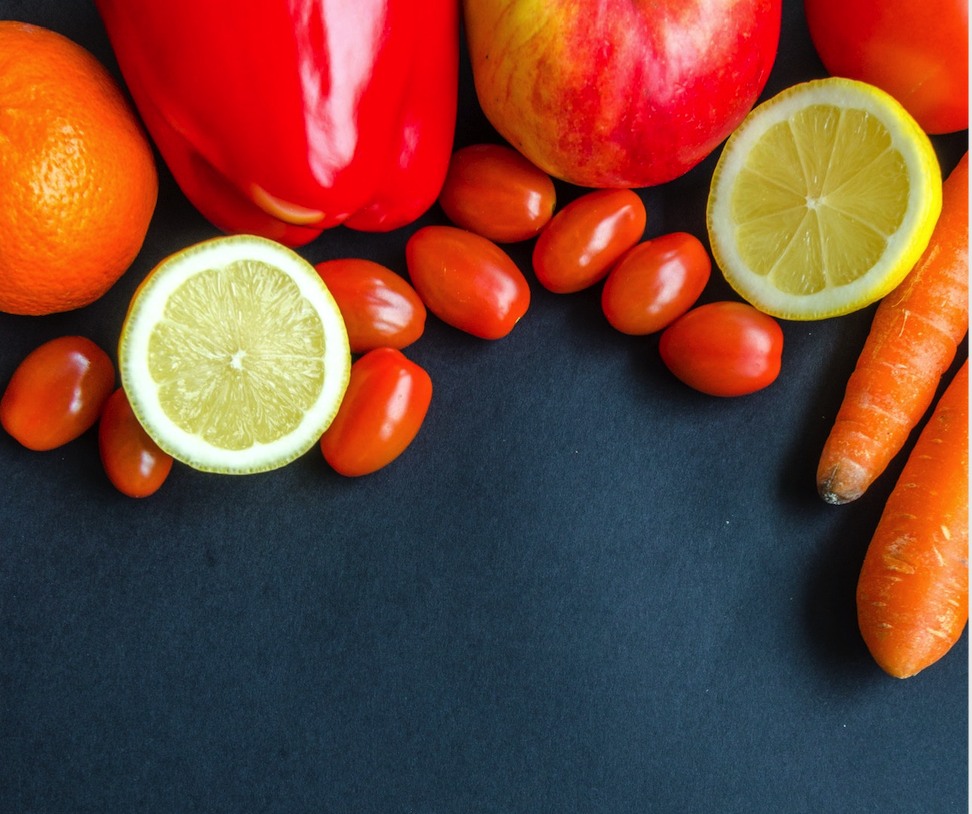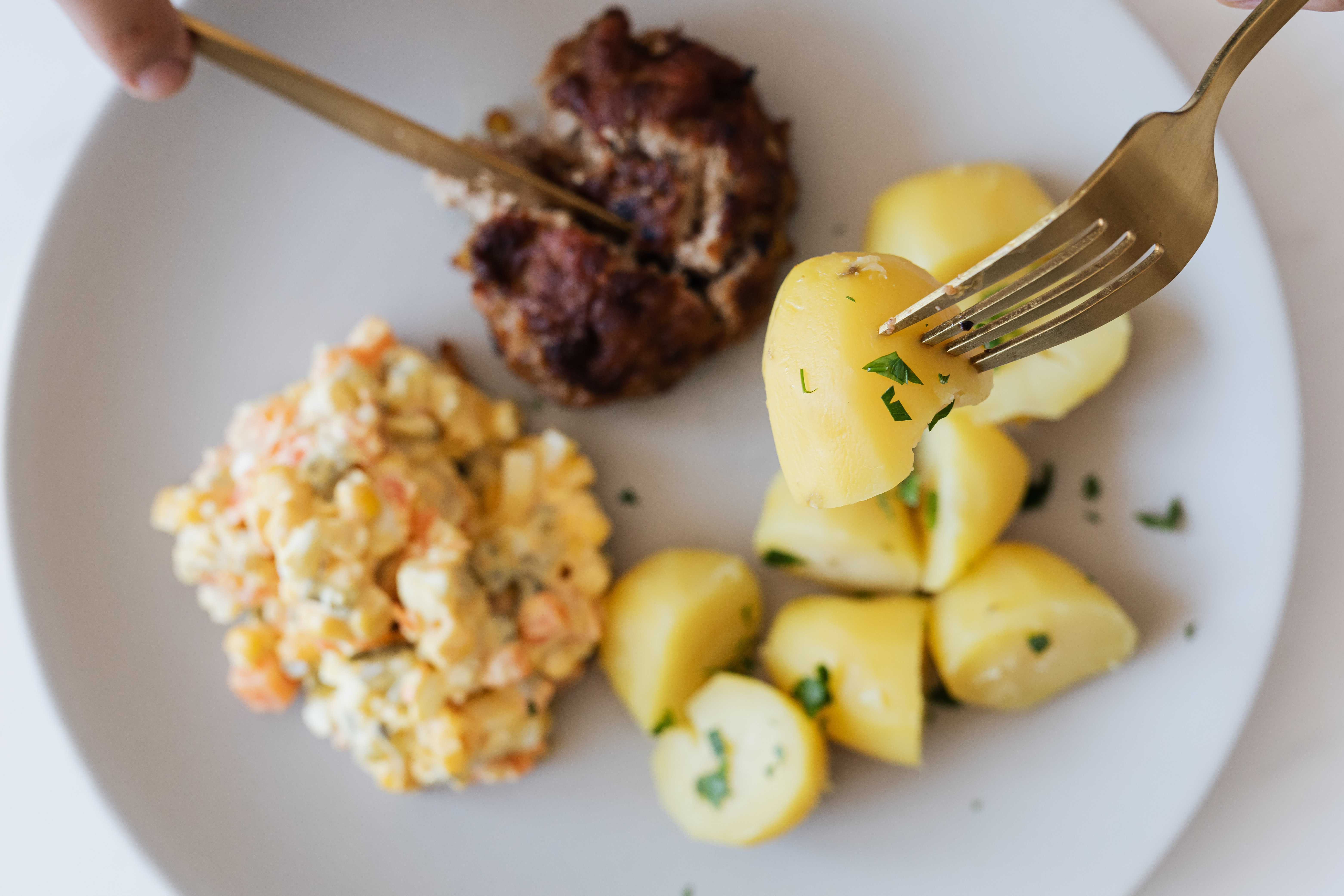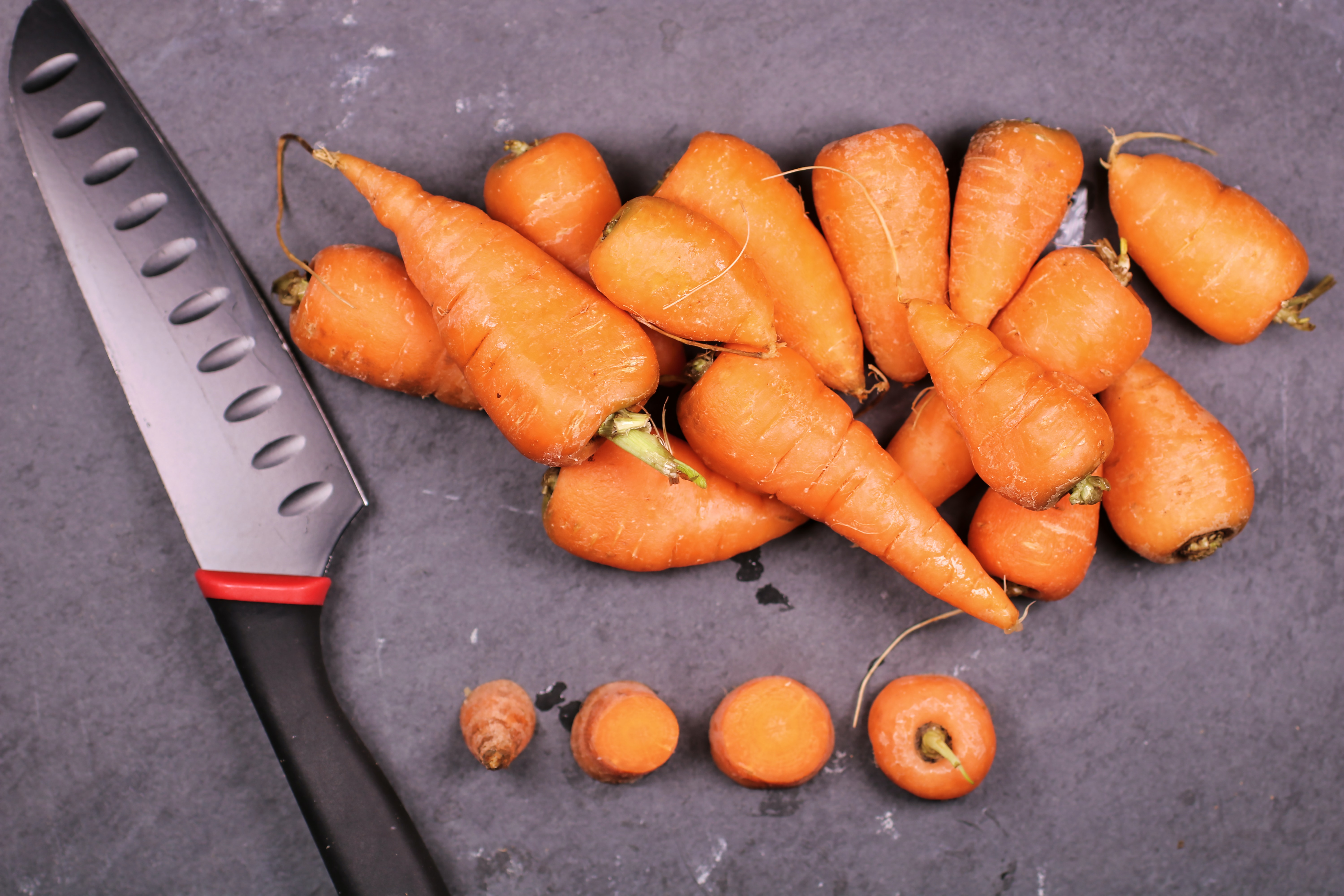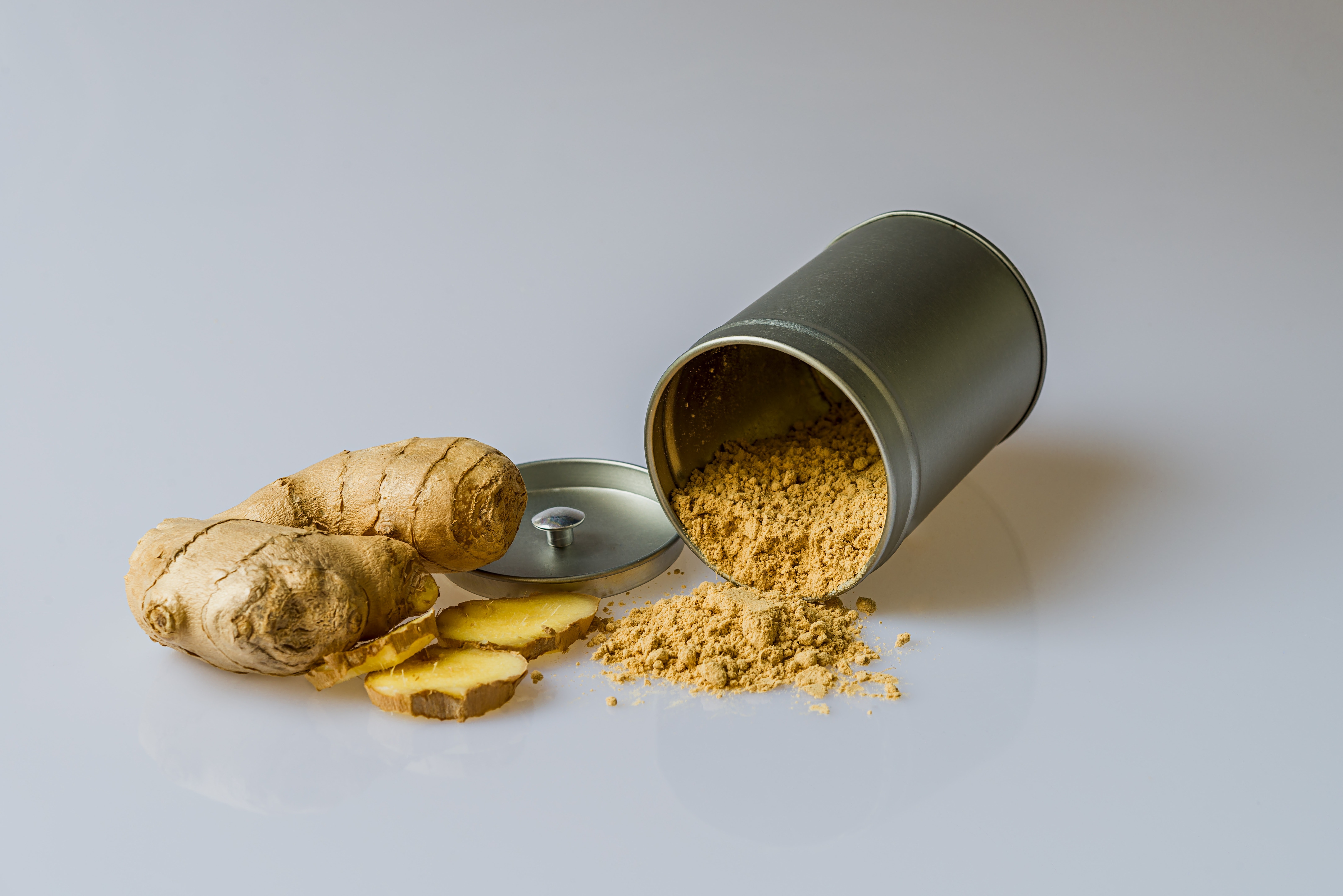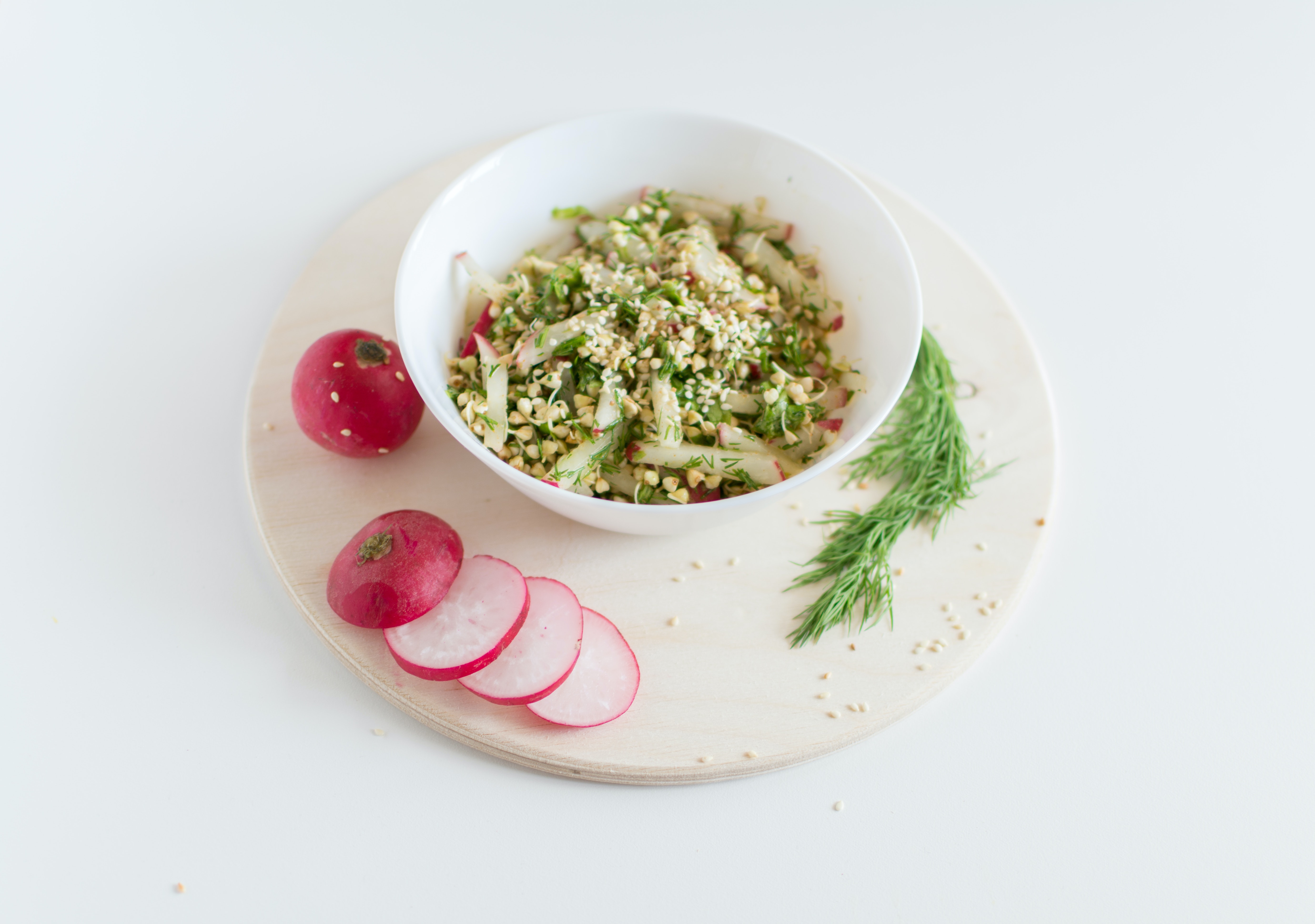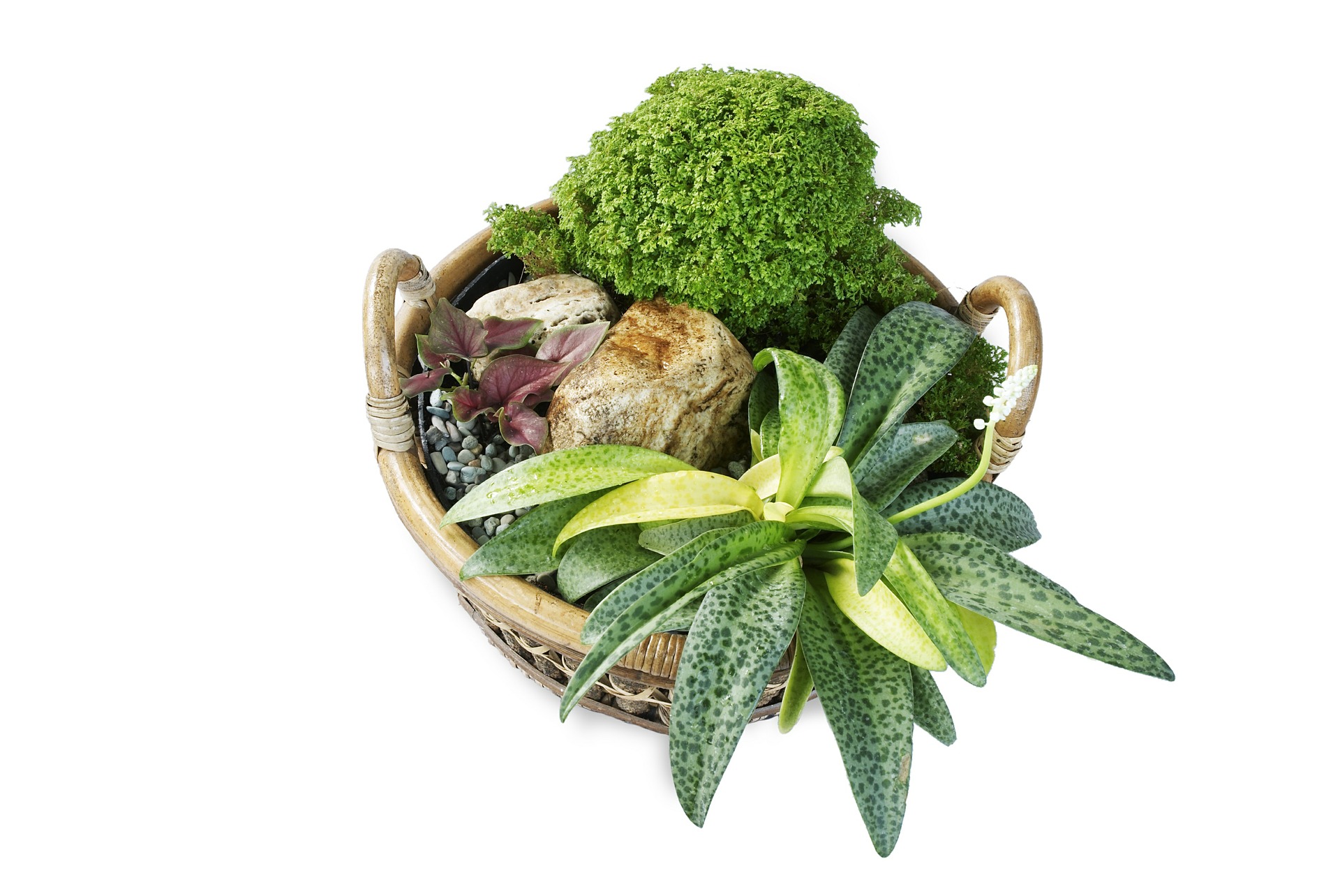Beets
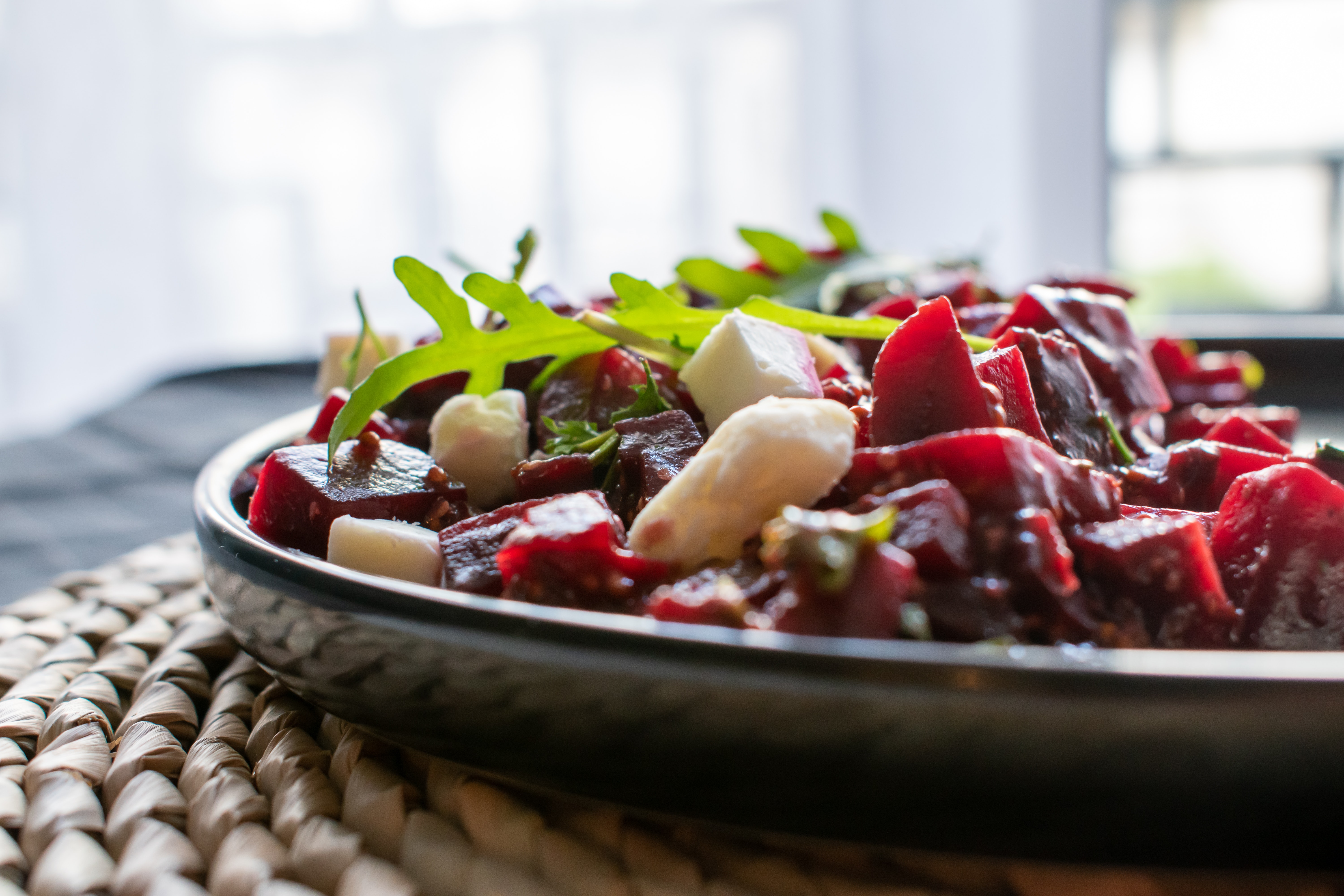
Usually the deep purple roots of beets are eaten boiled, roasted, or raw, and either alone or combined with any salad vegetable. The green, leafy portion of the beet is also edible. The young leaves can be added raw to salads, whilst the mature leaves are most commonly served boiled or steamed, in which case they have a taste and texture similar to spinach. Beetroot can be roasted, boiled or steamed, peeled, and then eaten warm with or without butter as a delicacy; cooked, pickled, and then eaten cold as a condiment; or peeled, shredded raw, and then eaten as a salad. Pickled beets are a traditional food in many countries
In Eastern Europe, beet soup, such as borscht, is common. In Poland and Ukraine, beet is combined with horseradish to form ćwikła or бурачки (burachky), which is traditionally used with cold cuts and sandwiches, but often also added to a meal consisting of meat and potatoes.
Similarly in Serbia beetroot (referred to by the local name cvekla) is used as winter salad, seasoned with salt and vinegar, with meat dishes.
As an addition to horseradish, it is also used to produce the "red" variety of chrain, a condiment in Ashkenazi Jewish, Hungarian, Polish, Lithuanian, Russian, and Ukrainian cuisine.
In Indian cuisine, chopped, cooked, spiced beet is a common side dish. Yellow-coloured beetroots are grown on a very small scale for home consumption.
A common dish in Sweden and elsewhere in the Nordic countries is Biff à la Lindström, a variant of meatballs or burgers, with chopped or grated beetroot added to the minced meat.
In Northern Germany, beetroot is mashed with Labskaus or added as its side order.
